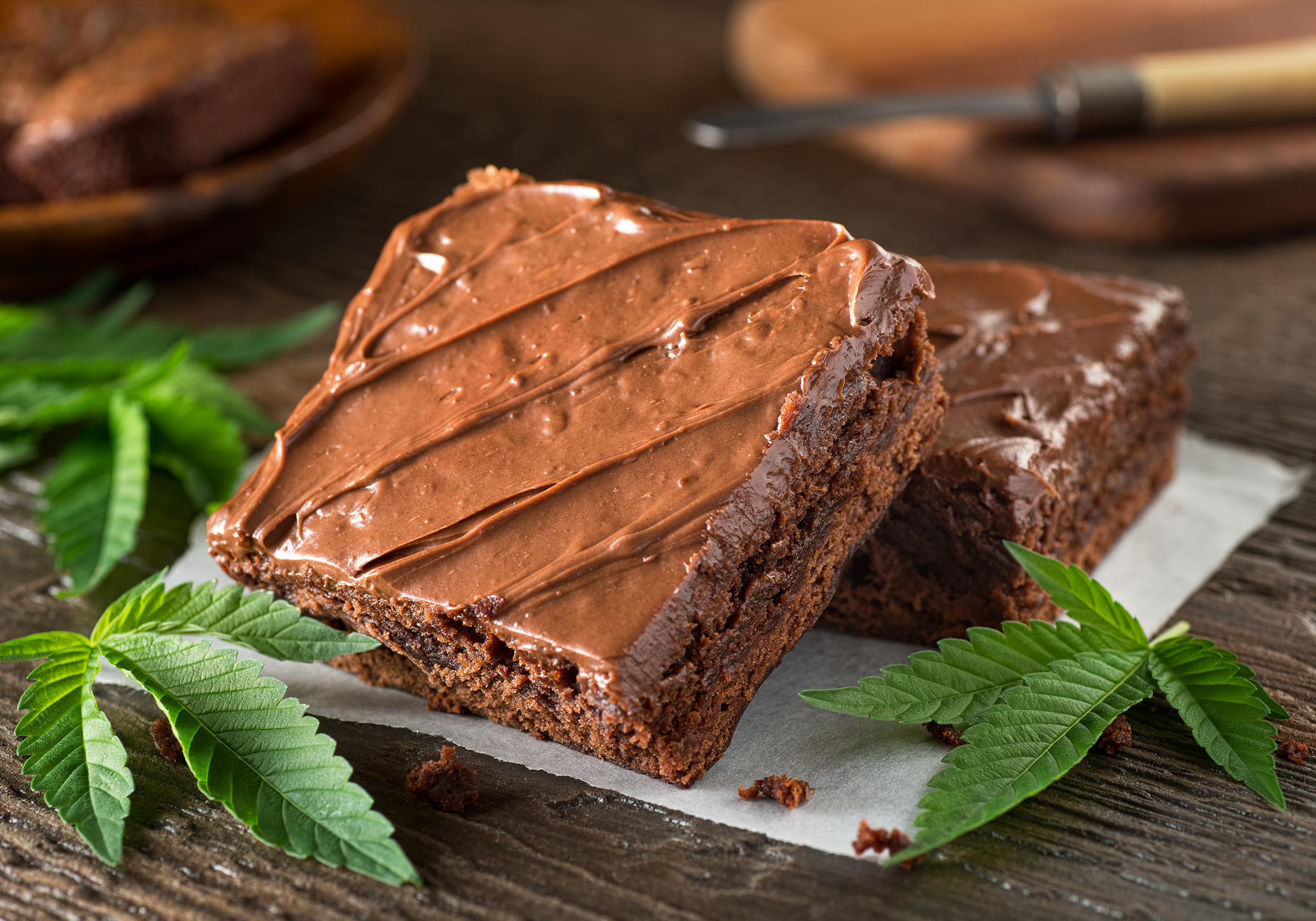One day — when is anybody's guess — a major earthquake will hit Washington state. When it does, what kind of property damage can you expect?
We can't predict the severity of the quake itself, but we can help you better understand how individual properties will hold up during an earthquake. That information is captured in a building's earthquake classification, a numerical value assigned to a building based on construction features affecting its ability to withstand an earthquake.
Unlike building codes, earthquake classifications are based on potential property loss, not life safety. From a property insurance perspective, they predict how specific building materials should perform in terms of loss.
When evaluating a risk for earthquake coverage, there are many factors to consider, including distance to fault, soil type, liquefaction, and, of course, construction materials. Here’s a quick guide to the construction component, along with some common exceptions and incorrect categorizations.
 These buildings in Seattle likely have different earthquake classifications.
These buildings in Seattle likely have different earthquake classifications.
Related:
WSRB's Essential Guide to Commercial Property Risk Assessment
Earthquake classifications for buildings quick reference guide
|
Wood Frame |
A1 |
Wood frame or frame stucco buildings. Excludes structures classified as wood frame for fire but have concrete-supported floors and/or some walls of unit masonry or concrete. Previously classified as: 1C, 1D |
|
All-Metal |
B1 |
All-metal buildings, including those with wood or Previously classified as: 2A, 2B |
|
Steel Frame |
C1 |
Buildings with a complete steel frame carrying all loads.
Previously classified as: 3A, 3B, 3C |
|
Reinforced Concrete and Structural Steel |
D1 |
Structural system consists of:
Floors and roofs: Poured-in-place reinforced concrete Previously classified as: 4A, 4B |
|
D2 |
Reinforced concrete frame or combined reinforced concrete
Previously classified as: 4D, 5AA (not load bearing tilt-up) |
|
|
D3 |
Structural system includes:
Previously classified as: 4C, 5AA (load bearing tilt-up, whether |
|
|
Concrete, Brick, |
E2 |
Buildings with load-bearing walls of:
Floors and roofs: Any material. Previously classified as: 5B, 5C |
|
E3 |
Buildings having load-bearing walls of adobe. Also includes buildings not covered by any other classification. Previously classified as: 5C |
Exceptions and common mis-categorizations
- Load-bearing tilt-up concrete construction is D3, not D2.
- All-metal buildings with combustible sheathing and/or insulation are B1, not A1.
- Interior finish does not affect earthquake classification.
- All-metal buildings should be Class B1, not C1, regardless of size or type of steel supports.
- Steel frame buildings with non-load-bearing reinforced concrete panel walls are classified C1, not D2.
- Buildings with metal stud walls and wood truss roofs are classed as E2.
- Basement walls are excluded unless the basement is only partially below grade and considered a story.
- Brick and stone veneers do not affect a building’s earthquake classification; however, there may be an additional premium if the veneer is covered under the policy.
You'll find the earthquake classification for buildings WSRB has inspected in our commercial property reports. When you look at the classifications, remember that they're just one part of the equation. Multiple factors affect a property's potential for earthquake damage. Learn more about them in our blog post, and get data on these factors in our earthquake risk tool: QuakeScout. Just login to try it.
Stay informed with future content by signing up for notifications.
Previous to current classifications
| Previous Classification | Current Classification |
|---|---|
| 1C | A1 |
| 1D | A1 |
| 2A | B1 |
| 2B | B1 |
| 3A | C1 |
| 3B | C1 |
| 3C | C1 |
| 4A | D1 |
| 4B | D1 |
| 4C | D3 |
| 4D | D2 |
| 5AA (not load bearing tilt-up) | D2 |
| 5AA (load bearing tilt-up) | D3 |
| 5B | E2 |
| 5C | E2 |
| 5C | E3 |












